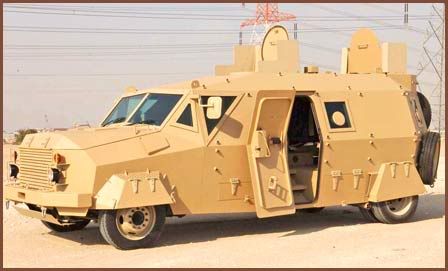The original Geronimo campaign and the hunt for bin Laden share plenty of similarities. On May 3, 1886, more than a century before a $25 million reward was offered for information on bin Laden’s whereabouts, and almost 125 years to the day before the al-Qaeda leader’s death, the U.S. House of Representatives introduced a joint resolution “Authorizing the President to offer a reward of twenty-five thousand dollars for the killing or capture of Geronimo.”
Excellent little article about the comparisons between these two manhunts. But what is really interesting to me is that back then the President was authorized by congress to issue a bounty for the killing or capturing of Geronimo. So does that mean that a bounty was paid to the members of Lt. Charles Gatewood’s small five man party that sealed the deal on Geronimo? Mind you that this party was composed of ‘two Apache scouts, an interpreter and a mule-packer’. Not bad for such a small team, and it reminds me of the effectiveness of the small teams required for the capture of UBL.(on a side note here, no one has been awarded the millions in bounties that UBL had on his head)
Which brings me to my next point. It is not the size of force or intelligence apparatus, but the quality and effectiveness of such a thing. In both cases, it was not a large army that was able to find these guys and put them away. It was small teams. And in both cases, these teams were tipped off to the location of their guy by a local or a detainee. So what does that say?
Could this indicate that small companies or units are more capable of finding people, than large cumbersome armies? I think so. I also think that bounties can work, if they actually support a vibrant ‘offense industry’. The bounty for Bin Laden did not support the kill or capture by companies or individuals, and only depended upon an individual to come forward with a tip. That’s if they would come forward. If a company was tasked with finding and capturing/killing UBL or any of the other leaders, then they too could use a bounty system to get their information locally. Or use whatever means, based on the guidelines and laws of a issued license.
The other point I wanted to make is how long and how costly this manhunt has been. According to this author in the Atlantic, the total time for the hunt of UBL was 15 years at a cost of 3 trillion dollars. I cannot even imagine what 3 trillion dollars looks like, but I do know what cost effective is. This hunt for UBL was not cost effective, and I definitely think that there is another way to go about this task. Not to mention the lives lost in this long war.
Finally, there is the question of violating a country’s sovereignty in order to go after an individual(s). We definitely crossed Pakistan’s border with military force, landed on their territory, killed UBL and several others, and took materials from this compound. All of these acts were done without the permission of Pakistan, and I am sure it will have it’s repercussions.(logistics for Afghanistan come to mind) But my point is that the US authorized this act at the highest levels. So the US has now set a precedence and has deemed this a necessary act for national security. I agree and applaud the President for making this move, but the US must also consider that Al Qaeda is still operating and still out there.
It will take many raids, and many small teams to reach all of these groups and violate the sovereignty of many countries out there in order to accomplish what we just did in Pakistan. If such acts are this important to the national security of the US, then I do not see how issuing Letters of Marque and Reprisal to private industry to help in this endeavor would be considered that much more of a stretch? Or we can continue to spend trillions of dollars on large scale military deployments in places like Iraq or Afghanistan, violate those country’s sovereignty with large scale occupation, all to find these people? Something to think about when talking about waging war efficiently and using the right tool/strategy for the job.
On a side note, Benjamin Runkle has put together an excellent blog to coincide with the topic of his book called Wanted Dead or Alive: Manhunts from Geronimo to bid Laden. I have put his blog in my RSS reader, and this is an area of study that everyone should take a look at if they are interested in the method behind ‘finding’ bad guys.-Matt
The truth about Geronimo .. and Osama bin Laden
By Benjamin Runkle
May 6, 2011
“Geronimo!” That was the call that went over the command net on May 1, indicating that Navy SEALs had found their man. And that code name for Osama bin Laden has angered some Native Americans, who have demanded a formal apology from the Obama administration.
Their complaints are understandable, but misguided. The code name doesn’t denigrate the Apache war captain, a hero to some students of Native American history, through comparison to the Saudi terrorist leader. The similarities are not in the men themselves but in the military campaigns that targeted them.
In May 1885, Geronimo led the breakout of 120 Chiricahua Apache from the San Carlos Reservation in what is now Arizona, creating mass hysteria in the American Southwest. The Chiricahua had legitimate grievances: Civilian “Indian agents” were corrupt and consistently cheated the Apache on their rations, while the land the tribe had been given was almost worthless for farming but still encroached upon by miners. (more…)

